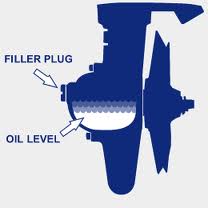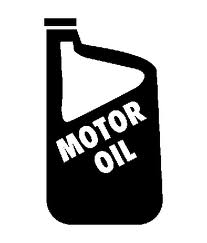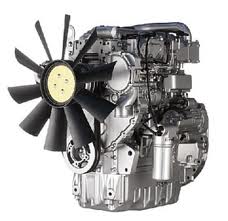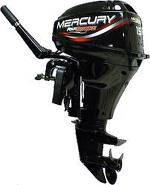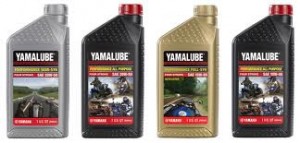Pre-Season Snow Mobile Maintenance: Part Four
 Since the machine has been idle for some time, the carburetor should be cleaned as well. You can find specialty carburetor cleaning products that are expressly designed for this purpose. While you’re fiddling around in there, be mindful of the inlet needle, as it tends to get stuck in either the open or closed position. Either way, it will spell trouble for your vehicle.
Since the machine has been idle for some time, the carburetor should be cleaned as well. You can find specialty carburetor cleaning products that are expressly designed for this purpose. While you’re fiddling around in there, be mindful of the inlet needle, as it tends to get stuck in either the open or closed position. Either way, it will spell trouble for your vehicle.
Inspect the throttle to ensure nothing it’s unobstructed and moves easily. The final thing to do is mix some bulk motor oil with the gasoline and fill up the tank. Once again, you’ll want to refer to your owner’s manual to see the manufacturer’s oil specifications. This will also provide you with the proper ratio to use when combining the oil and gasoline.



